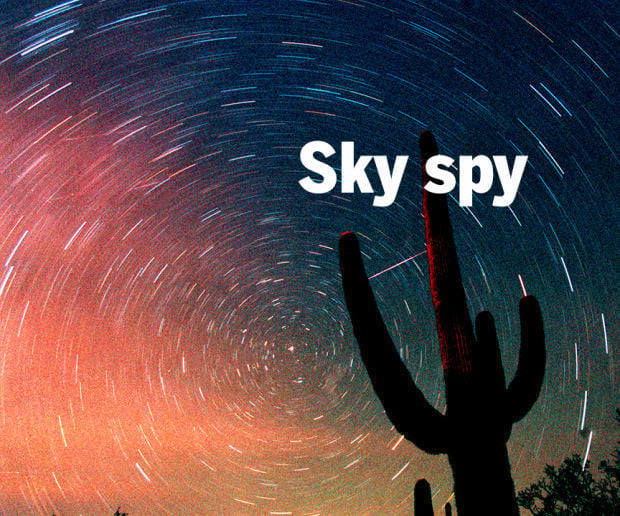There are many meteor showers throughout the year, but the three predictably best ones are the Perseids in August, the Leonids in November and the Geminids in December.
Meteors occur randomly during the night, coming from any part of the sky. As the Earth moves around the sun, it sometimes encounters a rich lode of debris when it crosses a comet’s path. A meteor shower occurs when a large number of meteors appear to radiate from a point in the sky. This “radiant” is in the constellation for which the shower is named. The radiant for the Perseids is in Perseus, the Hero.
This year, the Perseids are predicted to be best on Tuesday night and Wednesday morning. Unfortunately, the moon rises at 8:34 that night and sets at 9:05 the next morning. It will be in the sky all night, dimming stars and meteors.
The Perseids are often bright and worth the effort, despite the moon. The monsoon weather is unpredictable, but it often clears after midnight when Perseus gets higher in the northeast. Even though the Perseids radiate from Perseus, they can be seen all over the sky, and it is not necessary to look at Perseus to see meteors. From around 1 a.m. until morning twilight starts at 4:18 a.m., the meteors should get better.
Get out a good lawn chair, face it toward the northeast, put on insect repellent, lean back, and enjoy the show.





